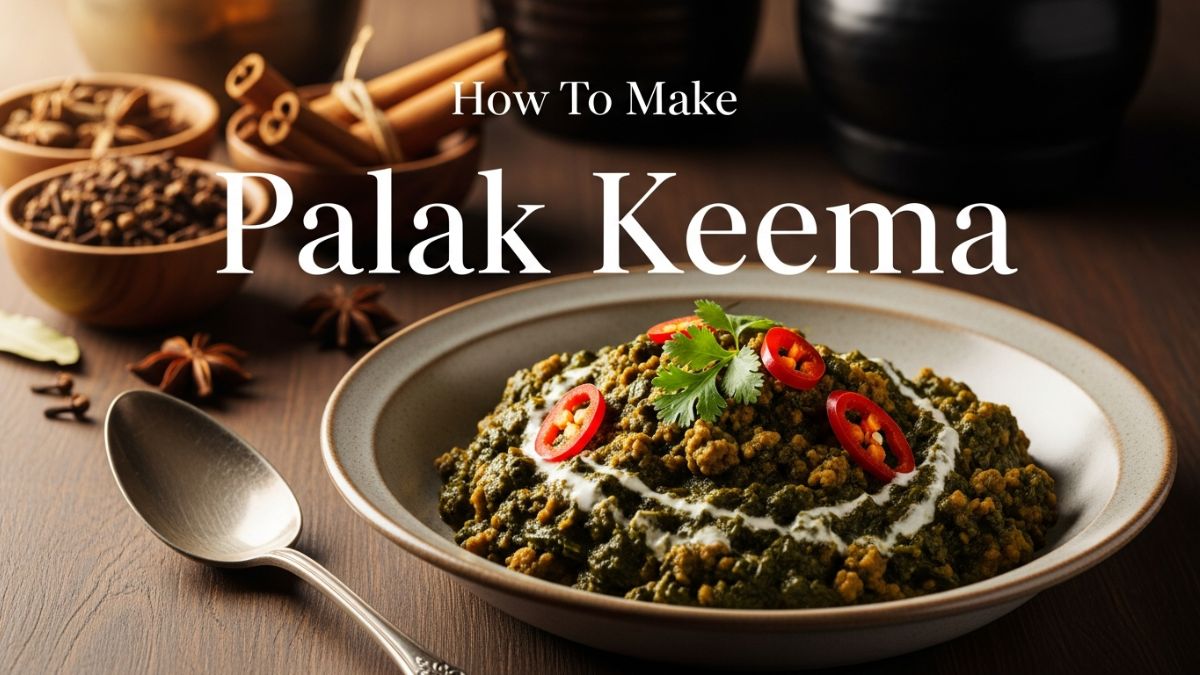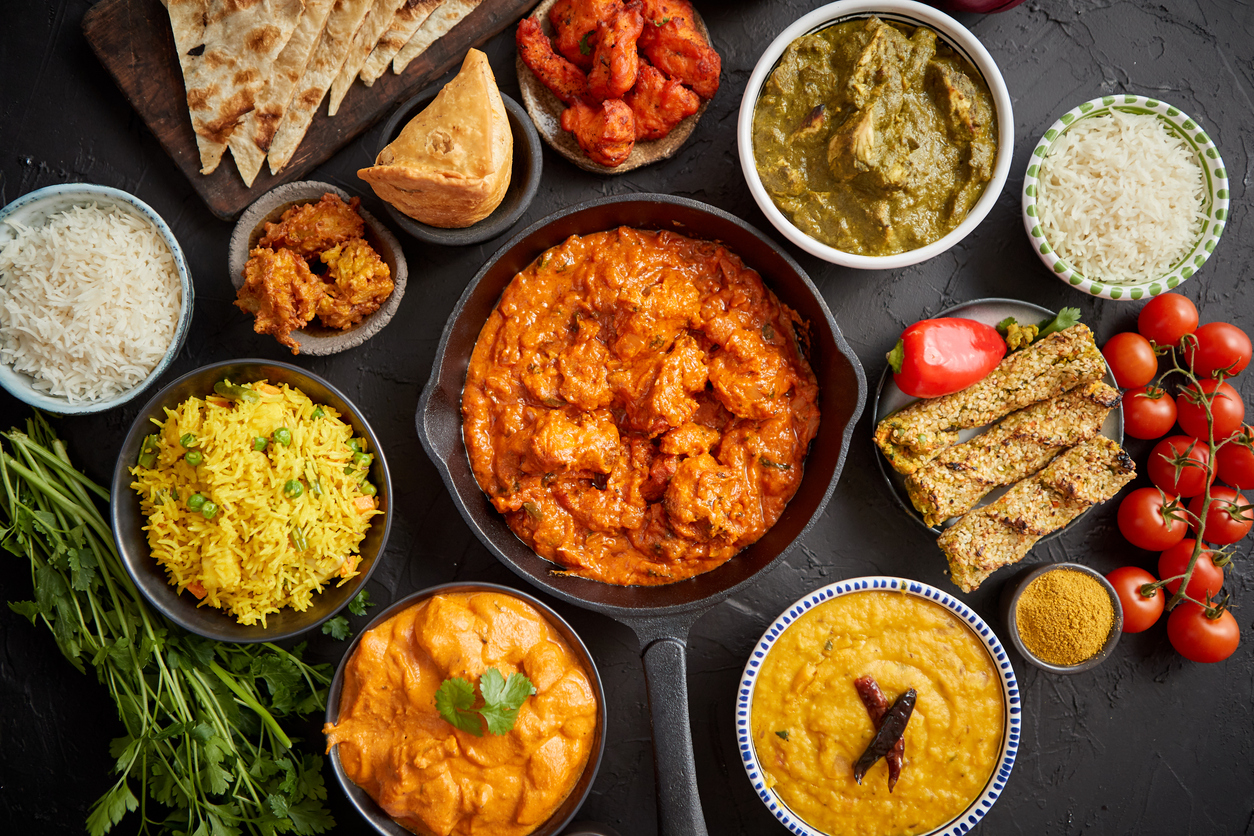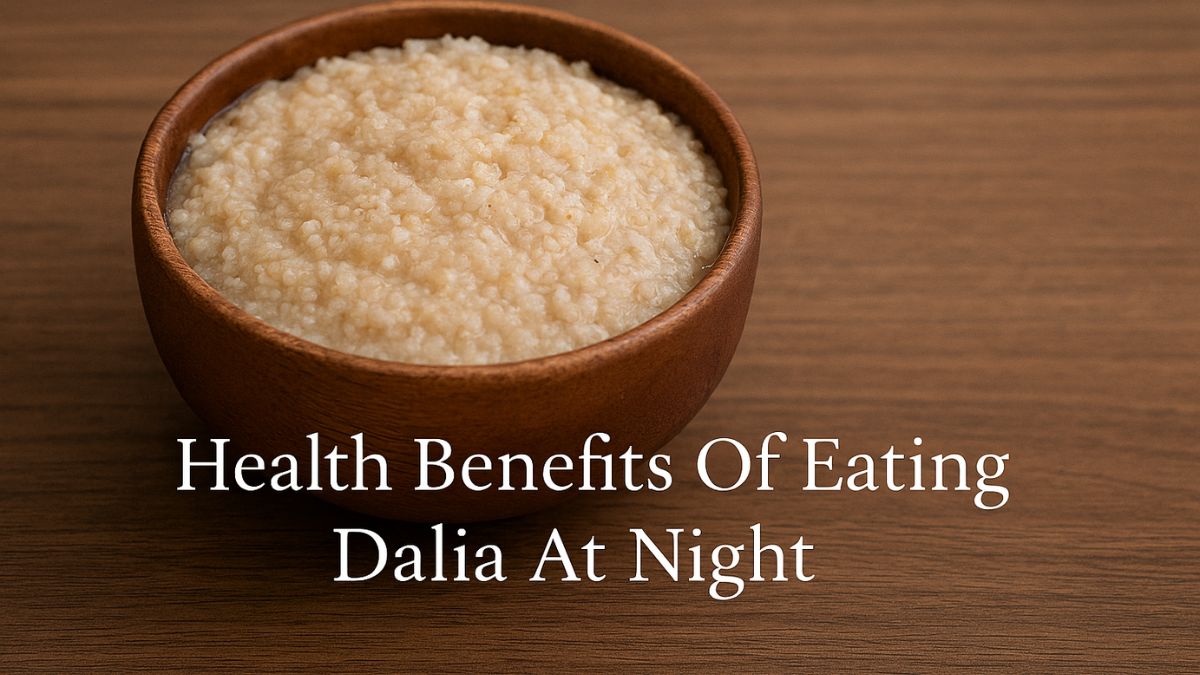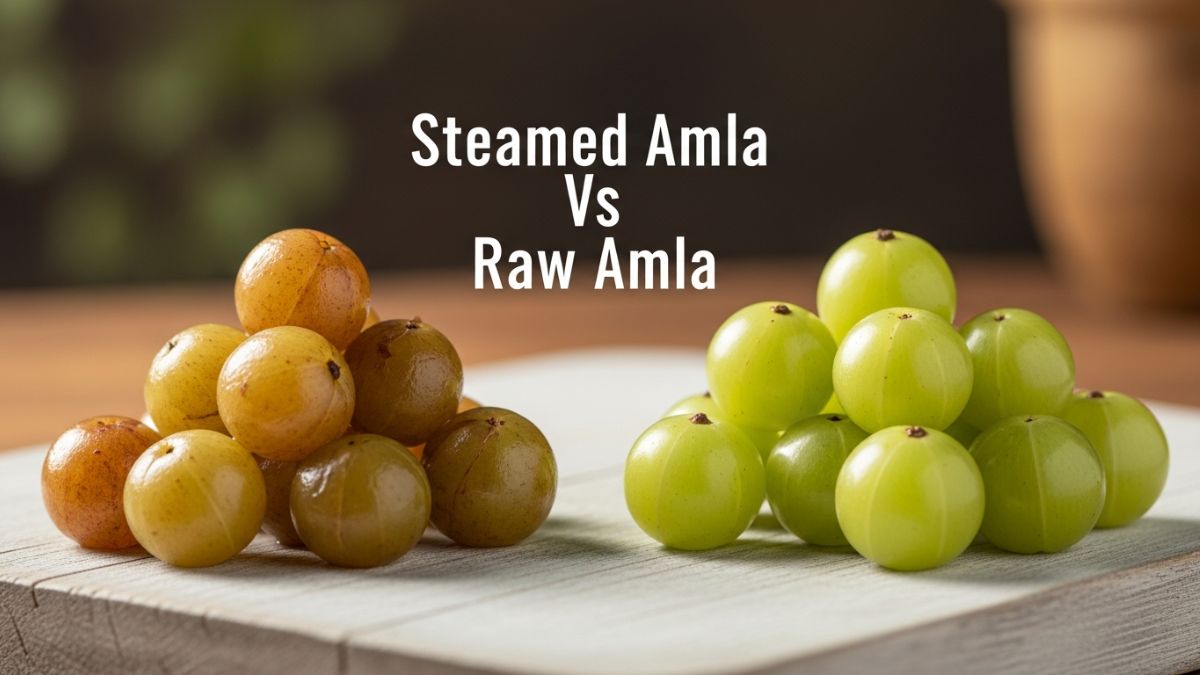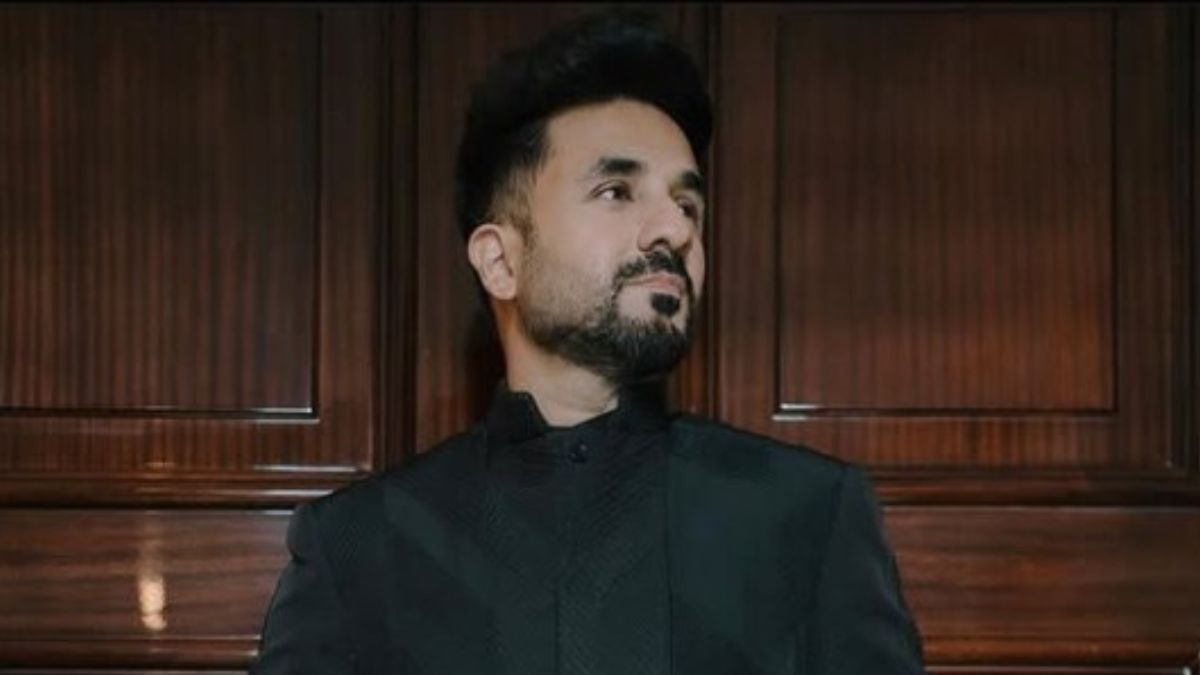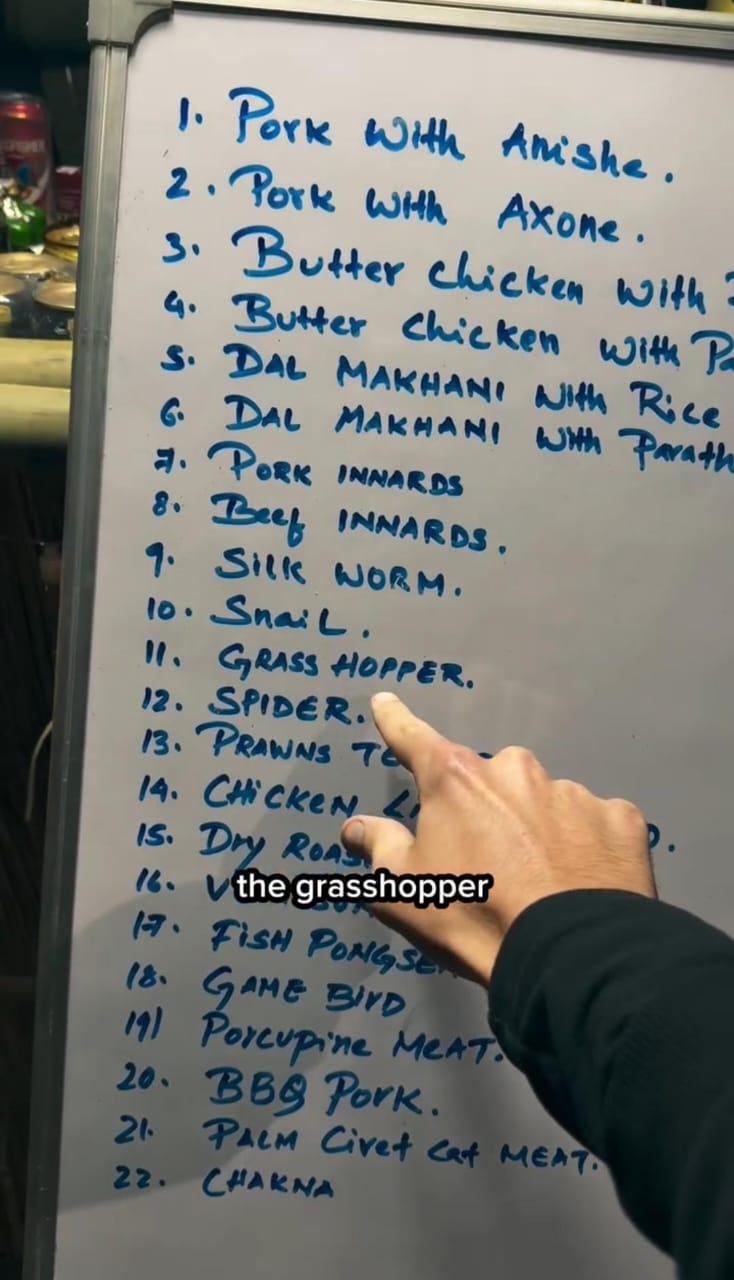Lockdown has been implemented across the globe in some form or the other, thus leaving people almost entirely home-bound. It is quite effortless and easy to keep eating throughout the day whenever hunger strikes, but incessant eating is not necessarily a healthy practice. The million-dollar question of how much should one eat in a day should be relooked at during these tough times, especially because the option to binge eat is at our disposal. Celebrity Nutritionist Rujuta Diwekar shared a video decoding this very question. Take a look:
(Also Read: Celeb Nutritionist Rujuta Diwekar Reveals 5 All-Rounder Ingredients In Our Kitchen And How To Use Them)
Rujuta Diwekar suggests that counting calories is not the appropriate answer to how much should we be eating in a day. "It is not calories alone which decide how fat or thin you're going to be. Calories is just one part of the multi-factoral equation," said Diwekar in the video. So how to measure the appropriate amount of food one should consume in a single day? There are two measures or 'maps' that Rujuta Diwekar suggested in her video - the Mental Meal Map and the Meal Proportion Map.
Here's what Rujuta Diwekar recommends on how much to eat:
Mental Meal Map
The question of how much we should eat in a single day does not have an easy answer. We cannot simply objectively measure when we are full or when we are hungry, or when we have fulfilled the day's recommended dietary allowance or calorie count. In fact, one important thing that Rujuta Diwekar mentions in her video is that the feeling of satisfaction after eating comes a little later post the eating process. "Satiety signal is a little bit delayed. If you eat too quickly you will land up stuffing yourself," says Diwekar.
To tackle this delay, the emphasis lies on practicing 3 S's when you're eating - eating in silence, employ your senses and sitting down when you eat. Another useful tip according to Rujuta Diwekar is to visualise or make a 'mental meal map' of how much you're going to eat in the day. Then, serve yourself exactly half of that amount, and take double the time you usually take to consume it. This involves the 3 S's already mentioned, as well as chewing food properly and taking time to eat it. Once you're done, ask yourself if you are still hungry? If yes, then repeat the same process. If not, then you know how much you actually wanted to eat was much more than what your body could digest. Thus, Rujuta Diwekar suggests, "Take your time to eat your meals and stop when it's just right."
(Also Read: 'The Quarantine Plan' By Nutritionist Rujuta Diwekar May Sort Out Your Weekly Diet Woes)
Meal Proportion Map
The second method of measuring how much to eat is thinking of your plate as a graph of the proportion of grains and vegetables. About 50% of the plate should be constituted of grains or millets, and 35% should be ideally consisting of legumes, lentils, meat or vegetables. The remaining 15% is optional and may have additional condiments like achaar, papad, chutney etc. Thus, according to Rujuta Diwekar, meals such as Khichdi, Dosa and Parantha qualify as entire meals by themselves as they provide us with all the necessary nutrition in one go.
The important thing here is to ensure that our meals adhere to the Meal Proportion Map, which Rujuta Diwekar has consistently advocated. The right proportion of nutrients in a meal will make sure that we stop after eating the correct amount and do not go over the top.
About Aditi AhujaAditi loves talking to and meeting like-minded foodies (especially the kind who like veg momos). Plus points if you get her bad jokes and sitcom references, or if you recommend a new place to eat at.
